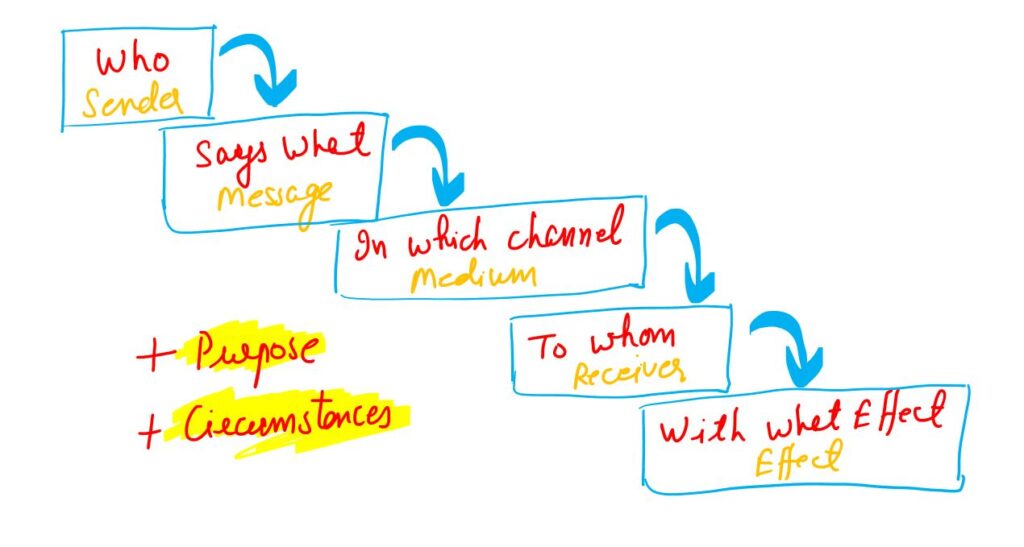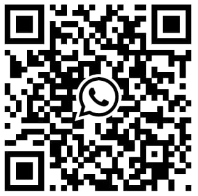
Harold Lasswell’s communication model, developed in 1948, is a foundational framework in the study of communication.
This model breaks down the communication process into five essential questions:
1. Who?: This refers to the sender or source of the communication. It focuses on understanding who is initiating the communication and their role in the process. For example, in a company, the sender could be a manager delivering a message to their team.
2. Says What?: This aspect represents the message itself. It delves into the content of the communication and what information or ideas are being conveyed. For instance, the message could be instructions for a new project or a promotional announcement.
3. To Whom?: This addresses the receiver or audience of the communication. It involves understanding the characteristics, preferences, and needs of the audience to tailor the message effectively. For instance, the receiver could be employees, customers, or stakeholders.
4. In What Channel?: This pertains to the medium or method of communication used to transmit the message. It considers whether the communication is delivered through face-to-face interaction, written documents, emails, social media, or other channels. Each channel has its strengths and limitations in conveying messages.
5. With What Effect?: This considers the impact or result of the communication on the receiver. It involves assessing whether the message was understood as intended, how it influenced attitudes or behaviors, and whether the desired outcomes were achieved. For example, if the communication was a sales pitch, the effect could be measured by the number of products sold.
Initially, Lasswell’s model was primarily applied to mass media such as newspapers, television, and radio, where communication flows from the sender to a large audience. However, over time, scholars have expanded and adapted this model to various communication contexts, including interpersonal communication, organizational communication, and digital communication.
To enhance the model’s comprehensiveness, theorists have introduced additional questions such as “For What Purpose?” and “Under What Circumstances?” These additions help to explore the underlying motivations and contextual factors shaping communication processes, providing a more nuanced understanding of how communication functions in diverse settings.
Overall, Lasswell’s communication model remains influential in guiding research and analysis in the field of communication, offering a structured framework for examining the complex dynamics of human interaction and information exchange.



